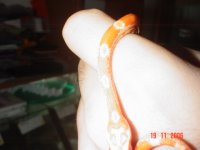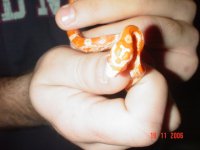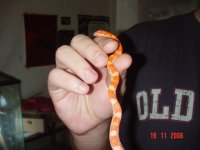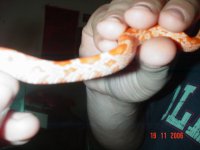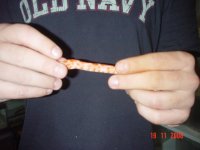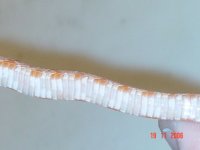kimbyra said:
From what I've seen of hybrids, hybridization has a dramatic effect, including colors and patterns that have not been achieved before in the individual species alone.
Charles already explained it, but I can give you an example that I always use in german boards:
Breead a Germen Shepherd to a Dachshund.
Would you expect the outcome to be half Shepherd and half Dachshund or all animals something in between with a little variance?
I would expect the latter one and so IF these Mandarin look, we speak of the look, would be a result of hybridization, one wouldn't have a clear ratio of animals that look totally different and the other ones look totally normal.
None the less, one can also breed the leuzistic gen of ratsnakes into corns, breed for four generations only corns into the line and have leuzistic looking corns, but the gene itself isn't a corn gene. But that possibility is always there for every morph that exists - at least hypothetically.
I trust the original breeder that bought two normal looking corns in 1998 I think to show some snakes to his biology class, not knowing anything about corn morphs or the corn business.


